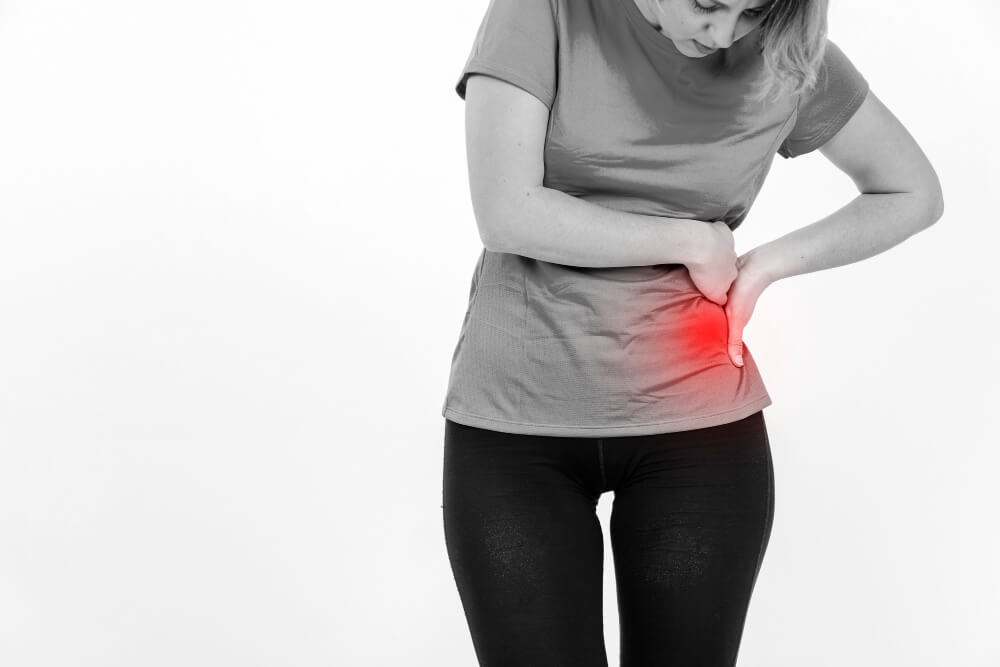Understanding and Conquering Hip Pain: A Guide to Causes, Treatments, and Prevention
Hip pain can be a frustrating and debilitating issue, hindering your mobility and overall well-being. Whether it’s a sharp ache or a dull throb, hip pain disrupts daily activities and can significantly impact your quality of life. But fear not! This comprehensive guide delves into the world of hip pain, exploring its various causes, effective treatment options, and preventive measures to keep you moving pain-free.
Unveiling the Culprits: Exploring Common Causes of Hip Pain
Hip pain can arise from a variety of sources, ranging from overuse injuries to chronic conditions. Here, we’ll shed light on some of the most frequent culprits:
- Arthritis: The leading cause of hip pain, particularly in older adults. Osteoarthritis, characterized by the breakdown of cartilage, and rheumatoid arthritis, an autoimmune disease, can both inflict significant pain and stiffness in the hip joint.
- Muscle Strains and Tendinitis: Overexertion or repetitive movements can strain muscles and tendons surrounding the hip joint, leading to pain and inflammation. Activities like running, jumping, and sports that involve sudden changes in direction are common culprits.
- Bursitis: Bursae are fluid-filled sacs that cushion the hip joint. Inflammation of these bursae, known as bursitis, can cause pain and tenderness, particularly when putting pressure on the hip.
- Hip Fractures: A fall or a high-impact injury can cause a fracture in the hip bone. This is especially worrisome for older adults with weakened bones due to osteoporosis.
- Labral Tears: The labrum is a ring of cartilage that lines the hip socket. A tear in this cartilage can result from overuse, sudden movements, or injuries, causing pain and a catching sensation in the hip.
- Femoroacetabular Impingement (FAI): When the bones of the hip joint abnormally rub against each other, it can lead to FAI. This condition can cause pain, especially when flexing the hip.
- Referred Pain: Sometimes, pain originating from the lower back, groin, or sciatic nerve can radiate to the hip, making it seem like the source of the discomfort.
Recognizing the Signs and Symptoms – When to Seek Medical Attention
Hip pain can manifest in various ways, and the specific symptoms may offer clues about the underlying cause. Here are some common signs to watch out for:
- Aching or sharp pain in the hip joint
- Stiffness in the hip, especially in the morning or after prolonged sitting
- Difficulty walking, climbing stairs, or bending down
- Weakness or instability in the hip
- Clicking or popping sounds in the hip joint
- Limited range of motion in the hip
If you experience any of these symptoms, particularly if they are persistent or worsening, it’s crucial to seek medical attention from a qualified healthcare professional. Early diagnosis and treatment can significantly impact your recovery and prevent further complications.
Finding Relief: Exploring Treatment Options for Hip Pain
The good news is that there are a variety of treatment options available for hip pain, depending on the underlying cause and severity. Here’s an overview of some common approaches:
- Rest and Activity Modification: Taking a break from activities that exacerbate your pain can allow for healing and reduce inflammation. Modifying your activities or using assistive devices like canes may also be necessary.
- Pain Management: Over-the-counter pain relievers like acetaminophen or ibuprofen can help manage pain and inflammation. In some cases, stronger medications or injections may be prescribed by your doctor.
- Physical Therapy: Physical therapy exercises can strengthen the muscles around the hip joint, improve flexibility, and restore proper movement patterns. This plays a vital role in managing pain and preventing future problems.
- Heat and Ice Therapy: Applying heat or ice packs to the affected area can help reduce inflammation and pain. Heat is generally more helpful for muscle stiffness, while ice can be beneficial for acute pain.
- Cortisone Injections: Injections of corticosteroids directly into the inflamed area can provide targeted pain relief and reduce inflammation.
- Lifestyle Modifications: Maintaining a healthy weight can significantly reduce stress on the hip joint. Maintaining good posture and body mechanics during everyday activities can also help prevent future pain.
- Surgery: In severe cases, such as with a hip fracture or severe arthritis, surgery may be necessary. Hip replacement surgery has become a safe and effective procedure for replacing a damaged hip joint with an artificial one.
Taking Control: Preventive Measures to Keep Your Hips Healthy
Hip pain is often preventable with some proactive measures. Here are some tips to keep your hips happy and healthy:
Maintain a Healthy Weight: Excess weight puts extra stress on your hip joints. Maintaining a healthy weight through a balanced diet and regular exercise can significantly reduce your risk of developing hip pain.


